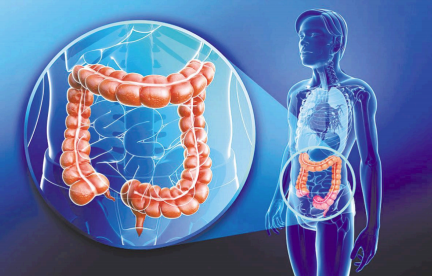Objective To investigate the risk factors of complications after laparoscopic radical resection for colorectal cancer by natural orifice specimen extraction surgery (NOSES).
Methods A retrospective case-control study was conducted to collect and analyze the clinicopathological data of patients who underwent total laparoscopic radical resection for colorectal cancer by NOSES IV at Department of Colorectal Surgery, Cancer Hospital, Chinese Academy of Medical Sciences and Peking Union Medical College from January 2014 to June 2019. A total of 172 patients were included in the study. To analyze the relationship between the patient′s clinical data, such as general information, the surgeon′s experience, intraoperative conditions and the occurrence of postoperative complications. Univariate analysis were conducted by the chi-squared test. Multivariate logistic regression analysis was used to analyze statistically significant variables in univariate analysis.
Results Of the 172 patients, 21(12.2%) had complications after surgery. The incidence of postoperative complications ranged from high to low, respectively, for abdominal or pelvic infection (4.7%), anastomotic leakage (3.5%), abdominal hemorrhage (1.7%), pulmonary infection (1.7%), anastomotic stenosis (1.2%), rectovaginal leakage(1.2%), pulmonary embolism (1.2%), and incision infection (1.2%). On univariate analysis, the occurrence of postoperative complications was associated with tumor size (χ2=5.144, P=0.023)、operation eperience (χ2=4.412, P=0.042) and operaton time (χ2=4.713, P=0.030). Multivariable logistic regression analysis showed that operation time≥135min (OR=3.317, 95%CI: 1.024~10.747; P=0.046) was only independent risk factor for postoperative complications.
Conclusion The operative time≥135 min was an independent risk factor for postoperative complications of NOSES IV in colorectal cancer. It is an effective guarantee to strictly observe the indication of NOSES and skillfully and flexibly use the laparocscopic instrument to reduce postoperative complications of NOSES.
